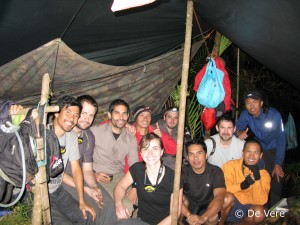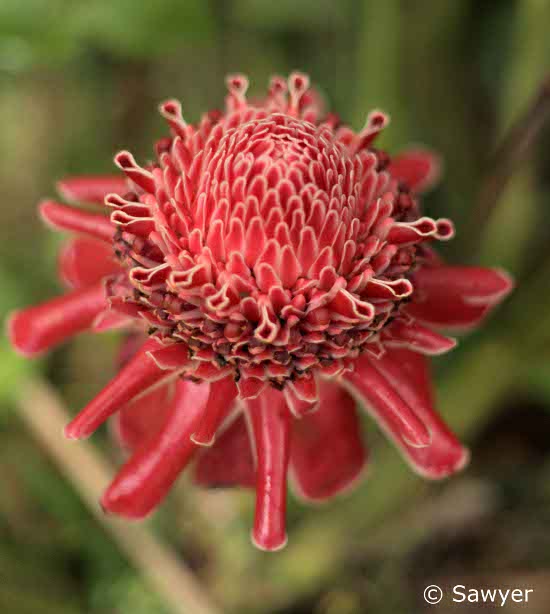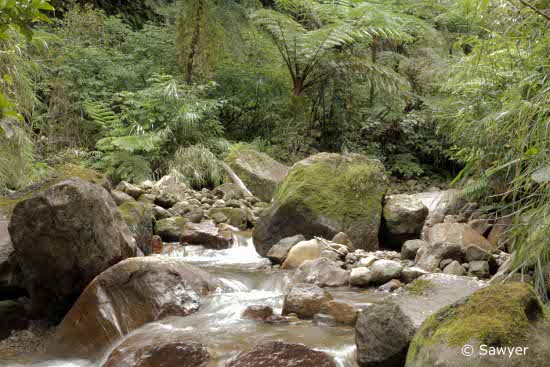To refresh yourselves on parts I and II of this blog trilogy please click here and here.

2012 has finally passed and with it memories of the NIBE 2012 rainforest expedition and its successes can often seem ever further away. The reality is however different. In November the team hosted a film event showcasing our work visually to supporters of the expedition and presenting the ‘camera trap oscars’ to donors who had sponsored specific units for us. The event was well received and was a great opportunity for those with an interest in conservation to get together and share stories and exchange passion for the subject. The great news from the event is that the donations on the night allowed us to buy a much needed GPS unit for the BBMS mountaineering group who we worked with and whom spend most of their weekends mapping and protecting the forest.
Work continues on analysis of our results and we remain eager to receive our beetle specimens by post when they have made their way off of a container ship to us. Postage via this route (airmail wasn’t allowed for specimens) can take up to nine months so we wait with baited breath. 2013 will see the last of our work on the Philippines project and also mark our opportunity to feedback and offer thanks to major sponsors such as ZSL, without whom, the expedition would have been less possible.

We remain in contact with project partners in the Philippines and hope that some of the papers we are writing on the herpetile and insect work will over the next few years influence the conservation community to take the preservation of Philippine habitats more seriously. The biggest threat to the two key species (the Visayan Warty Pig and Spotted Deer) remains hunting for wealthy tastes in meat and our partners the Negros Forest and Ecological Foundation Inc do a lot of work to help foster the grass roots environmental movement on the island. The biggest protector of the interior of the park and its biological wealth remains its topography which is largely impassable and thus deters any casual or semi-determined interest. Certainly my broken foot and other injuries from the expedition were an example of just how tough it is to access and work in the area!
For a slideshow of some of the images from the expedition please click here.
